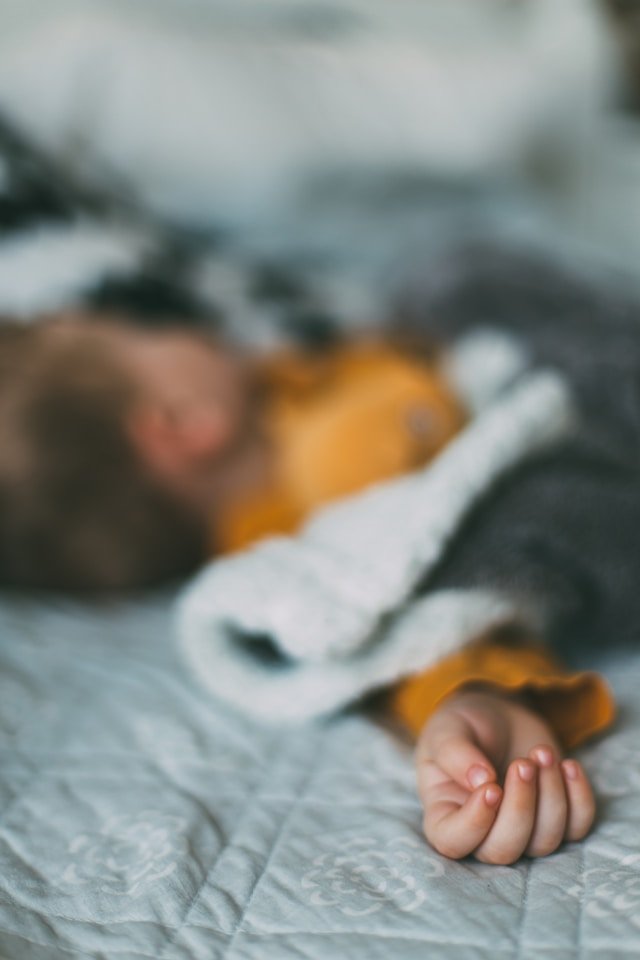As a parent, nothing is more important than the safety and well-being of your child. Knowing pediatric first aid is essential—it equips you with the skills and confidence to respond effectively during emergencies. Whether it’s a minor cut or a serious allergic reaction, the first few minutes are often critical.
Why Pediatric First Aid Matters
Children are naturally curious and prone to accidents. From playground falls to choking hazards at home, emergencies can happen in an instant. Basic child first aid training empowers parents to take immediate and appropriate action until professional help arrives.
Must-Know Pediatric First Aid Skills
Here are some of the most important first aid tips for parents:
1. CPR for Infants and Children
Knowing how to perform CPR (Cardiopulmonary Resuscitation) can be life-saving. Infant CPR is different from adult CPR—it involves gentle compressions using two fingers and rescue breaths. Parents should consider taking a certified pediatric CPR and first aid course to practice correct techniques.
2. Choking Rescue Techniques
Choking is a leading cause of injury among young children. If your child is coughing but breathing, encourage them to keep coughing. If they are not making sounds or breathing, perform back blows and chest thrusts (for infants) or the Heimlich maneuver (for older children).
3. Handling Burns
Cool minor burns under lukewarm running water for at least 10 minutes. Avoid using ice, creams, or butter. For serious burns, cover with a clean cloth and seek emergency medical attention immediately.
4. Treating Cuts and Scrapes
Clean wounds with water and apply an antiseptic. Use a sterile bandage to prevent infection. For deeper cuts or those that won’t stop bleeding, head to the nearest pediatric emergency care center.
5. Managing Fevers and Seizures
High fevers can cause febrile seizures in some children. If a seizure occurs, place the child on their side, keep their airway clear, and avoid putting anything in their mouth. Once the seizure stops, seek medical advice.
6. Allergic Reactions
Severe allergies (anaphylaxis) require immediate treatment with an epinephrine auto-injector (EpiPen) if prescribed. Watch for signs like swelling, difficulty breathing, or hives. Always call emergency services in such cases.
Building a Pediatric First Aid Kit
Every household should have a child-friendly first aid kit. Essentials include:
- Sterile bandages and gauze
- Digital thermometer
- Antiseptic wipes
- Tweezers
- Pediatric pain reliever
- Ice packs
- EpiPen (if prescribed)
Keep the kit accessible and check contents regularly.
Empowering Parents Through Education
Taking a pediatric first aid course in the UAE can give parents peace of mind. Many hospitals and clinics offer certified training programs. It’s a smart investment in your family’s safety.
Final Thoughts
Being prepared with basic children’s first aid knowledge is one of the most responsible things a parent can do. Emergencies are unpredictable, but your response doesn’t have to be. Equip yourself today, and protect your little ones tomorrow.
